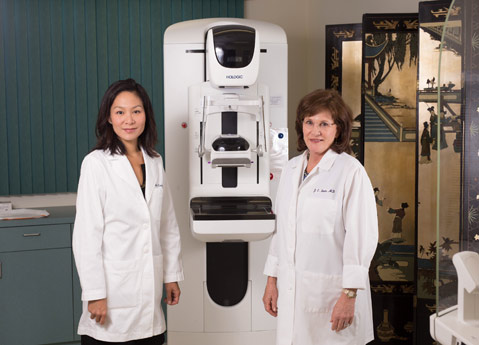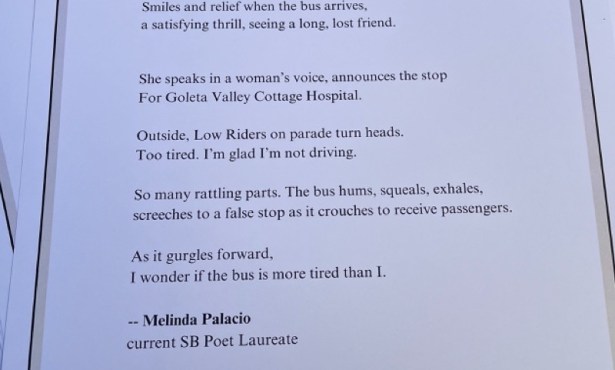Tomosynthesis the Future of Mammography
3D X-Rays Will Help Detect Early Breast Cancer

“One in every eight women will get breast cancer. The idea is screening to look for early disease,” said Winifred Leung, M.D., of Santa Barbara Women’s Imagining Center.
Tomosynthesis, a 3D breast screening, was approved by the FDA in 2011 and has since made its way to breast radiology offices across the country. Santa Barbara Women’s Imaging Center, office of Dr. Leung and Judy C. Dean, M.D., began using tomosynthesis in 2012. For some time, the Santa Barbara doctors were the only practitioners on the central coast to offer 3D breast screenings.
Mammography has been used widely since the 1980s, leading to a 30-percent reduction in breast cancer deaths. However, tomosynthesis reduces those numbers even further. In her recent feature in Santa Barbara Family and Life Magazine, Dr. Leung, who also serves on the Santa Barbara Breast Care Alliance advisory board, cited studies presenting a 25-percent increase in cancer detection and a 40-percent decrease on false possibilities and false “recalls,” meaning patients must return for further examination, when using tomosynthesis instead of mammography. Additionally, Dr. Leung referenced studies by Dr. Per Skane stating that the extended clarity and improved precision tomosynthesis provides benefits 90 percent of women.
Rather than taking a 2D X-ray from two angles, tomosynthesis rotates the X-ray tube in an arc to take shots of one millimeter “slices” of the breast. These shots are then sent to a computer, which uses an algorithm to synthesize the images into one cohesive 3D image.
For the patient, the procedure of a tomosynthesis scan is nearly identical to that of a mammogram — the actual X-ray process only takes seconds. However, according to Dr. Leung, the time needed to read a tomosynthesis scan is nearly double that of a mammogram and requires looking at both the synthetic picture that the computer program generates as well as scrolling through the one millimeter slices.
Although tomosynthesis is more readily available, Dr. Leung stresses that accessibility to the technology is more dependent on a radiologist’s ability to read the scan than to acquire the machines themselves.
Despite the enhanced depth of tomosynthesis scans, Dr. Leung still strongly recommends an annual scan for all woman over the age of 40. “I think tomosynthesis will replace mammography in the years to come,” she said.



